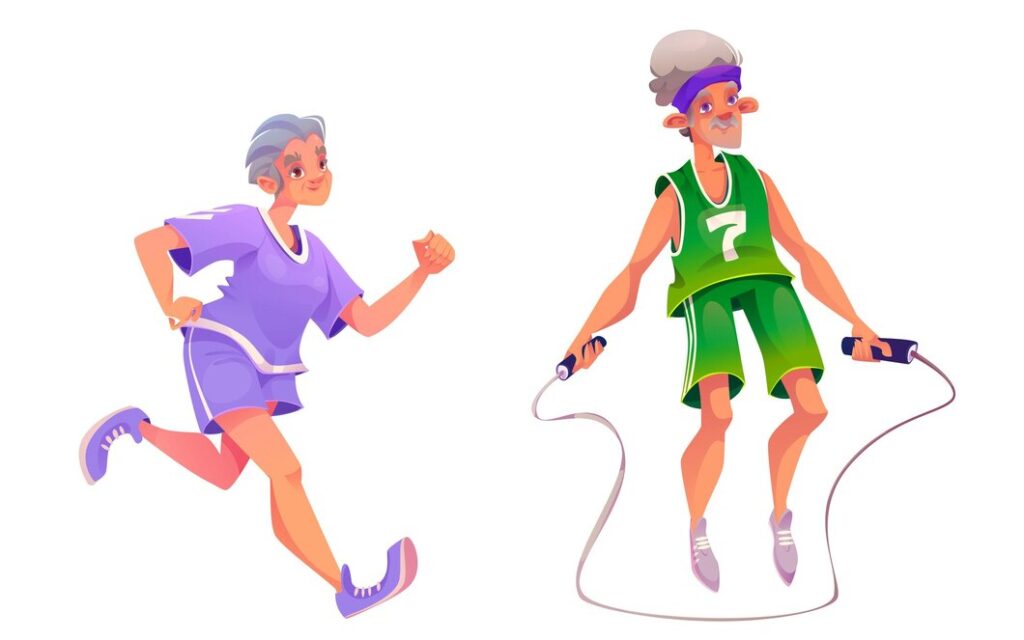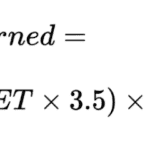Optimize Your Fitness: Target Heart Rate Zones for Effective Exercise
Achieving fitness goals requires not just exercising regularly but also understanding how to exercise effectively. One key aspect of effective exercise is knowing your target heart rate zone, which can help you maximize the benefits of your workout while ensuring safety. This article will delve into the science of heart rate during exercise, explore its benefits, and explain how to use a target heart rate calculator to optimize your fitness routine.
Target Heart Rate Calculator
Common Questions about Body Mass Index –
Heart rate is just one factor -discover more…
Why stop at calculations? Get personalized meals, fitness tracking, and more in our app. Discover a healthier you today! Start your health journey for free!
Understanding Heart Rate and Its Importance
Heart rate, measured in beats per minute (BPM), is a vital indicator of how hard your heart is working during physical activity. It reflects the intensity of your exercise and can help you gauge whether you’re working out at a level that aligns with your fitness goals.
Why Monitor Heart Rate?
- Optimize Workout Intensity: By staying within your target heart rate zone, you can ensure you’re working out at the right intensity to achieve specific fitness goals, whether it’s burning fat, building endurance, or improving cardiovascular health.
- Improve Cardiovascular Fitness: Exercising within the target heart rate zone strengthens the heart, improves circulation, and boosts overall cardiovascular health.
- Prevent Overexertion: Keeping track of your heart rate can help you avoid overtraining, reduce the risk of injury, and ensure a safe workout.
- Track Progress: Monitoring changes in heart rate over time can provide insights into your fitness progress and indicate improvements in cardiovascular health.

How can I calculate my heart rate?
Your target heart rate is typically expressed as a percentage of your maximum heart rate, which is the highest rate your heart can achieve during maximum effort. The most common method for calculating maximum heart rate is given as above target heart rate formula.
Target Heart Rate Zones
- Moderate Intensity (50-70% of Maximum Heart Rate): Suitable for beginners and those aiming for general health improvement. This zone promotes fat burning and cardiovascular fitness.
- Vigorous Intensity (70-85% of Maximum Heart Rate): Ideal for those looking to enhance cardiovascular endurance and burn more calories. This zone increases aerobic capacity and stamina.
Or simply use the above calculator and get a perfect estimate of your fitness age.

Using the Best Heart Rate Calculator
The target heart rate calculator simplifies the process of determining your heart rate zones. Here’s how it works:
- Input Your Age: Enter your age to calculate your maximum heart rate.
- Enter Resting Heart Rate: Measure your resting heart rate in BPM when you’re relaxed.
- Select Intensity Levels: Choose your desired exercise intensity range (e.g., 50% to 85%).
- Calculate Heart Rate Zone: The calculator will display your target heart rate range in BPM, indicating the optimal zone for your workouts.
Benefits of Exercise on Heart Health
- Reduces Risk of Cardiovascular Disease
Exercise helps lower blood pressure, improve cholesterol levels, and reduce the risk of heart disease and stroke. It strengthens the heart muscle, allowing it to pump blood more efficiently. - Improves Circulation
Physical activity enhances circulation by promoting blood flow to the heart and muscles. This supports the delivery of oxygen and nutrients, aiding in the body’s overall function. - Manages Weight
Exercise aids in weight management by burning calories and building lean muscle mass. Maintaining a healthy weight reduces the strain on the heart and decreases the risk of obesity-related heart issues. - Reduces Stress
Exercise releases endorphins, which act as natural stress relievers. It also reduces the production of stress hormones like cortisol, promoting relaxation and mental well-being. - Boosts Longevity
Research indicates that regular exercise can extend lifespan by reducing the risk of chronic diseases and improving overall health.
Tips for Exercising in Your Target Heart Rate Zone
To maximize the benefits of exercising within your target heart rate zone, consider the following tips:
- Monitor Your Heart Rate
Use a heart rate monitor or fitness tracker to continuously monitor your heart rate during workouts. This helps ensure you stay within your target zone and adjust intensity as needed. - Warm-Up and Cool Down
Begin each workout with a warm-up to gradually elevate your heart rate and prepare your muscles for exercise. Similarly, conclude with a cool-down to safely return your heart rate to its resting level. - Mix Up Your Workouts
Incorporate a variety of exercises, including cardio, strength training, and flexibility workouts, to keep your routine balanced and engaging. This prevents monotony and works different muscle groups. - Listen to Your Body
Pay attention to how your body feels during exercise. If you’re experiencing discomfort or fatigue, it’s essential to adjust your intensity or take a break. - Stay Consistent
Consistency is key to improving fitness and achieving goals. Aim for at least 150 minutes of moderate-intensity exercise or 75 minutes of vigorous-intensity exercise per week, as recommended by health experts.
Conclusion
Understanding and utilizing your target heart rate zone is a powerful tool for optimizing your workouts and achieving fitness goals. Whether you’re a beginner looking to improve cardiovascular health or an athlete aiming for peak performance, knowing your target heart rate can guide your training and enhance results. Use the target heart rate calculator to personalize your exercise routine, track progress, and enjoy the numerous benefits of a healthy, active lifestyle.





